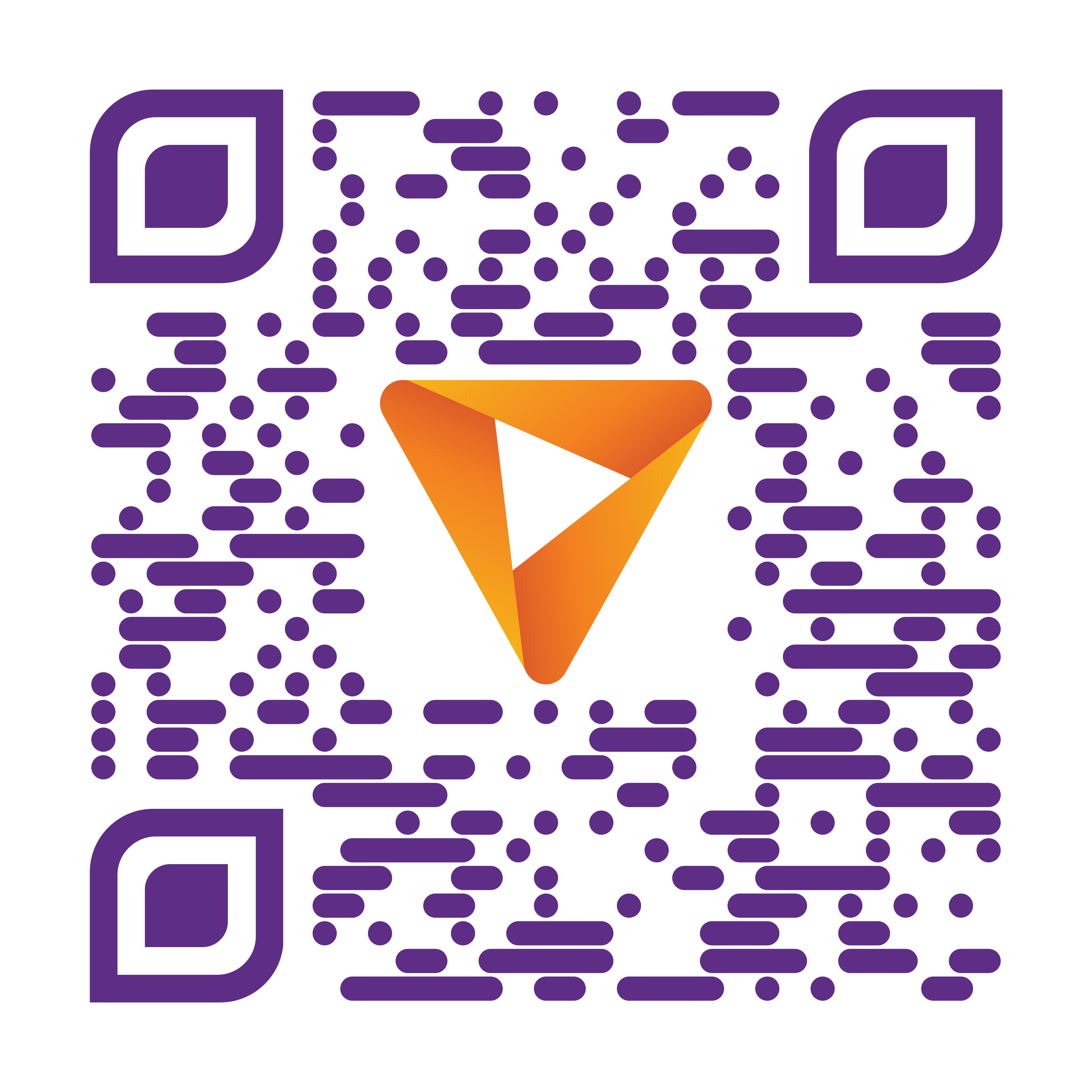Đăng ký Tài khoản Online
Quét mã QR, tải App
TPBank Mobile trên
Play Store & App Store

Cài đặt & mở
Tài khoản Online
trong 5 phút
QUÉT MÃ QR TẢI APP TPBANK MOBILE TẠI ĐÂY

Nhận 1001+ lợi ích và ưu đãi với Tài khoản TPBank

MIỄN PHÍ
Chuyển tiền và 60+ loại phí

HOÀN TIỀN 1,2%
Với Thẻ TPBank Visa

CHỌN SỐ TÀI KHOẢN
Theo ý thích, khẳng định cá tính
Banks and e-wallets sprint to authenticate customers' faces
From July 1, online money transfer transactions of over 10 million at a time or cumulatively over 20 million per day are required to have facial authentication with a sample matched with a centralized population database.
Currently, the rate of e-wallet transactions worth over 10 million is less than 1%, according to the leader of a payment intermediary. According to data from the State Bank, about 11% of transactions, accounting for more than 11% of banking industry accounts, generate online money transfer transactions of over 10 million VND. The number of accounts with a total daily transaction value of over 20 million VND accounts for a small proportion, less than 1%.
Some banks have recently continuously informed customers to proactively authenticate biometrics with chip-embedded citizen identification cards, to avoid disruption of large-value online transactions in the near future.
A representative of Tien Phong Bank (TPBank) shared that if a customer does not have or has lost a citizen identification card with a chip, there will be no basis to collect data. According to statistics from the Police Department of Administrative Management of Social Order (C06), there are 87 million citizen identification cards with chips issued to citizens in the country, so there are very few cases that do not have one.
"However, to avoid interruption of large-value online transactions, the bank recommends that customers who have not been issued or lost their chip-embedded citizen identification card need to proactively update and redo documents," a TPBank representative recommended. recommendation.

Customers take a photo of their chip-embedded citizen identification card for biometric authentication for the first time on the application, according to Decision 2345
After nearly a month of implementation, TPBank said that every day, an average of 10,000 - 15,000 face samples and citizen identification cards are updated into TPBank's data warehouse from all channels. Of these, more than 80% of these were proactively done by customers on the bank's application. "We believe that we will cover most customers with large transactions on electronic channels before July 1," a TPBank representative shared.
Mr. Tran Cong Quynh Lan, Deputy General Director of Industrial and Commercial Bank (VietinBank) also said that there have been several hundred thousand customers proactively updating biometric authentication on the banking application. From the beginning of June, the bank will send notifications to customers, giving priority to groups who regularly transfer money over 10 million or account holders previously authenticated with old citizen identification cards (without a chip).
Ms. Duong Mai Anh, CEO of Vidiva Technology Joint Stock Company - owner of Ting e-wallet, also said that the company is system-ready. It is expected that by the end of May, this e-wallet will apply to new users when registering for the first time and will officially notify existing customers by mid-June.
In fact, some users have long used the fingerprint authentication feature on their phones when logging in or transferring money using banking applications or e-wallets.
However, Ms. Duong Mai Anh said users need to distinguish between device biometrics and biometrics based on national population data. The device biometric feature is essentially authenticated by the phone operating system, then transmits signals to banking applications and e-wallets. Meanwhile, biometric authentication according to Decision 2345 must be based on national population data provided by the Ministry of Public Security or via VNEID (under pilot).
Accordingly, to be able to authenticate biometrics for the first time according to Decision 2345, customers can operate on the banking application themselves. This process includes three steps: taking photos of the front and back of the citizen identification card; Touch the citizen identification card and attach the chip to the chip reader on the phone to transmit data and finally scan the face.
In addition, customers can go directly to the bank branch to be identified using an NFC (Near-Field Communications - short range wireless connection) reader at the counter, if they have difficulty authenticating themselves at the counter. home.
For the group of foreign customers residing in Vietnam who are not issued citizen identification cards with chips, the State Bank has just issued Decision 718, providing guidance. Accordingly, foreign customers can use their passports and go directly to the bank branch to have support staff check and update the customer's biometric information into the data warehouse, a TPBank representative said. know.

Customers touch the chip-embedded citizen identification card on the back of the phone, where the NFC reader is located, to authenticate biometrics for the first time through the banking application.
Currently, the common point that makes banks and e-wallets worried during the authentication process is the step of touching the citizen ID card to the chip reading position on the phone. Currently, each phone, especially the Android series, has different chip locations.
Director Vidiva shared that users may be confused in determining the chip location on their citizen identification card and the chip location on their phone.
On citizen identification cards, the chip is usually located in the red cartouche position. Each phone has different chip locations, which can be next to the camera or in the middle of the phone. Advice according to Ms. Mai Anh, customers should move their citizen identification card up and down vertically on the phone until the two chips find each other and keep it there for a few seconds.
Director Vidiva also said that on the market today, there are many smartphones with powerful configurations but still do not have NFC readers. There are no accurate statistics on the proportion of customers using these devices, but this is also an obstacle for the customer group of e-wallets. "Bank account holders are still supported by going directly to the branch to be authenticated for the first time. As for e-wallets with a limited network of branches and offices, this is a problem for them," she said. Mai Anh said.
In addition, according to industry insiders, the accuracy of biometric solutions is not absolute. The security of customers' biometric data is also an issue that needs to be taken into account. Implementation costs for payment intermediaries are also considered high, including the price of chip mining, the price of using third-party eKYC services...
On the user side, the regulations taking effect from July 1 make some customers worried that difficulties will arise, especially for groups of customers who are older, not familiar with technology, or have problems with their phones.
Admitting that there is a segment of customers who may be confused by the new regulations, but this solution, according to experts, brings many benefits compared to concerns.
According to TPBank representative, using biometric authentication method is more convenient than previous traditional methods such as entering OTP and entering Pin code because the experience is quite convenient, customers only need to scan their face. This is also quite familiar to many customers who have used the phone unlocking features with FaceID and Touch ID.
In addition, in the past, customer authentication based on old ID cards and citizen identification cards still had a high rate of missing fake documents. With the application of biometrics based on chip-embedded citizen identification cards, banks and e-wallets will significantly reduce the rate of virtual accounts, which has long been a problem that has made online fraud difficult to control, Ms. Mai Anh shared.
Many high-tech criminals break into the system, or use different tricks to defraud customers of their money. They open a series of bank accounts, virtual e-wallets and transfer money around to erase the cash flow trail. "Application of biometrics in online transactions will make transferring money around much more difficult, thereby contributing to reducing fraud," Ms. Mai Anh said.
Besides, account holders can also control risks when they can detect suspicious deduction transactions early instead of having large amounts of money deducted at once. Adding a biometric barrier when transferring large amounts of money helps protect the user's account.
Lên đầu trang











